Lost Victory: The Rise and Fall of LTTE Supremo: V. Prabhakaran
Synopsis
Any one who has studied the over 30-year-old Sri Lankan conflict with detachment will perhaps agree that no other phrase can define the Prabhakaran Conundrum better than 'Lost Victory'. He had almost succeeded in his goal of getting a Tamil Eelam with most of his conditions agreed to by the Sri Lankan Government, with the tacit approval of the International Community. On the brink of success, however, he made cardinal, irreversible blunders, linked with unbridled, overweening ambition and a total misreading of the Sri Lankan Government's resolve and capability, resulting in his inglorious death, along with most of his family members and key Henchmen and supporter, and the total collapse of his movement.
The term 'Lost Victory' therefore truly captures what may have been as opposed to what really happened and is therefore considered an apt title for this book. In order to examine Lost Victory contextually, it was obligatory for the author to put into perspective, how, from a position of near hopeless desperation, the Sri Lankan Armed Forces (SLAF) came to a situation that allowed the most exceptional politico-military synergy to fall into place. This synergy energized all on a common platform ranging from the apex political and military levels, right down to the boots on the ground - the soldier. It also won Sri Lanka what was internationally termed as an 'unwinnable' war.
Finally, no book can be complete if it does not examine the lessons that need to be learnt as also the way ahead for the country and its people as well as the vast Sri Lankan diaspora, which must rank as one of the largest in the world.
This, then, is the reason why this book has changed its outlook from being a linear; one-dimensional biography, to a multi-faceted book in five parts.
Part I: This gives an overview of the conflict. It covers the battleground (the beautiful Isle of Serendip), the dramatic death of Velupillai Prabhakaran and his family members and cohorts and the roots of the conflict.
Part II: This covers the life and times of the key actor in the conflict; Velupillai Prabhakaran.
Part III: This covers certain key, miscellaneous aspects of the conflict that would help the lay reader see the Eelam War in its myriad complexities.
Part IV: This part focuses on the Indian intervention (Operation Pawan) in the Sri Lanka conflict at the request of the then Sri Lankan Government.
Part V: The last part covers several issues, not least the regional diplomacy, innovative war fighting strategies, and all lessons that have been learnt, or those that need to be learnt and the way forward from this long and hard fought war.
Read more
The term 'Lost Victory' therefore truly captures what may have been as opposed to what really happened and is therefore considered an apt title for this book. In order to examine Lost Victory contextually, it was obligatory for the author to put into perspective, how, from a position of near hopeless desperation, the Sri Lankan Armed Forces (SLAF) came to a situation that allowed the most exceptional politico-military synergy to fall into place. This synergy energized all on a common platform ranging from the apex political and military levels, right down to the boots on the ground - the soldier. It also won Sri Lanka what was internationally termed as an 'unwinnable' war.
Finally, no book can be complete if it does not examine the lessons that need to be learnt as also the way ahead for the country and its people as well as the vast Sri Lankan diaspora, which must rank as one of the largest in the world.
This, then, is the reason why this book has changed its outlook from being a linear; one-dimensional biography, to a multi-faceted book in five parts.
Part I: This gives an overview of the conflict. It covers the battleground (the beautiful Isle of Serendip), the dramatic death of Velupillai Prabhakaran and his family members and cohorts and the roots of the conflict.
Part II: This covers the life and times of the key actor in the conflict; Velupillai Prabhakaran.
Part III: This covers certain key, miscellaneous aspects of the conflict that would help the lay reader see the Eelam War in its myriad complexities.
Part IV: This part focuses on the Indian intervention (Operation Pawan) in the Sri Lanka conflict at the request of the then Sri Lankan Government.
Part V: The last part covers several issues, not least the regional diplomacy, innovative war fighting strategies, and all lessons that have been learnt, or those that need to be learnt and the way forward from this long and hard fought war.
56.70
51.03
$
63.00 $
Free delivery Wolrdwidе in 10-18 days
Ships in 1-2 days from New Delhi
Membership for 1 Year $35.00
Get it now and save 10%
Get it now and save 10%
BECOME A MEMBER
Books by the same author

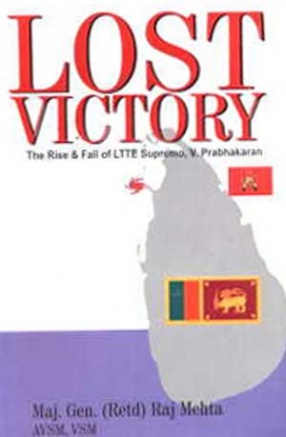
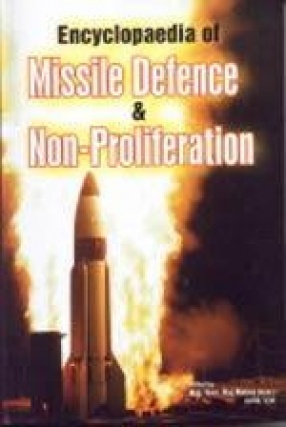
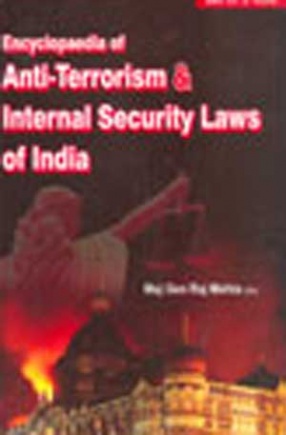
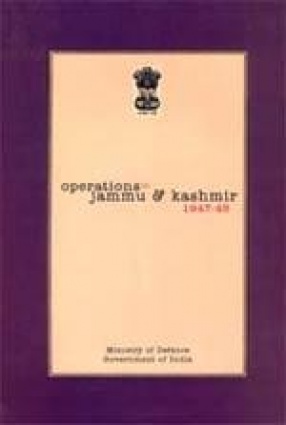
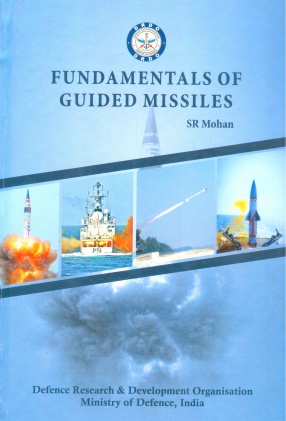
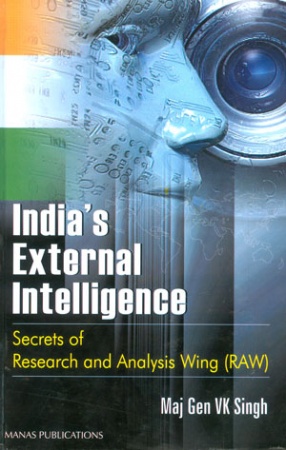
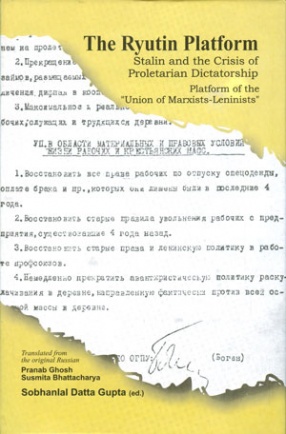

Bibliographic information